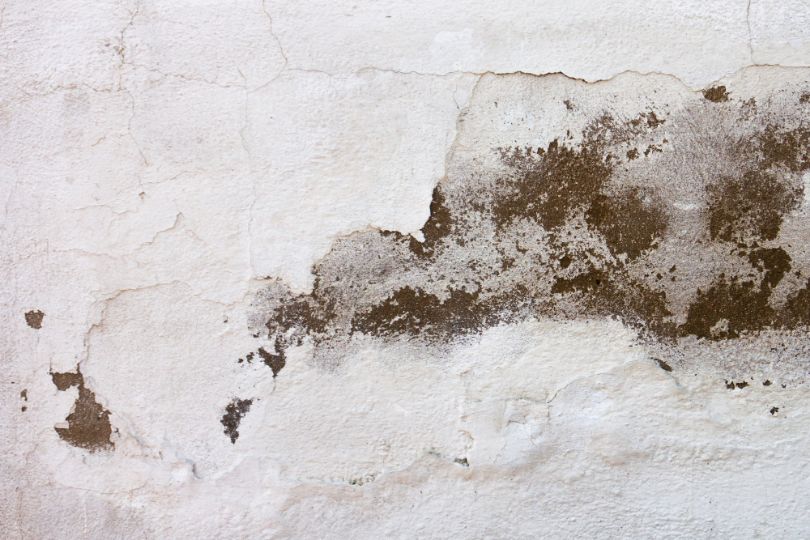Hidden Dangers in Your Home: Unveiling Common Health Hazards
Purchasing a house is often a very significant moment in almost everyone’s lives. A house provides a person with shelter and a feeling of comfort and stability. However, lurking in your house are certain health hazards, and many of these are right out in the open.
These potential health hazards can generally be fixed fairly easily and are not expensive repairs. Simple daily household items may be changing your house from a safe place to a danger zone.
Mold – Mold can cause allergens, irritants, and harmful toxins. Always make sure to repair any water damage. Black mold can be especially dangerous and you may want to hire someone to dispose of this mold and search the rest of your house for any other mold growths.
Aluminum Cookware – Aluminum found in pots and pans may be able to leach into the foods that you eat. Aluminum can be very harmful when consumed, as it may damage your kidneys, liver, and weaken your bones. Some researchers suggest that aluminum may be able to cause Alzheimer’s disease.
Air Ducts – An easily missed part of your house that can become a real health hazard are your air ducts. Your air ducts may become the home of an enormous amount of dust, pollen, bacteria, and mold. This contaminated air is then sent throughout the house where it can become a real nuisance.
Lead – Lead can affect the brain and result in a lower IQ, memory problems, and increased aggression. Often, lead will be found in old paint, pipes, and soil. You may want to hire a professional to check for any lead contaminates.
Kitchen Sponges – These little sponges can become extremely dirty and they often carry a ridiculous amount of germs. Unless you take the time to regularly sanitize, a quick rinse does not count, than these tiny terrors may actually carry more germs than your toilet seat! You should fairly regularly replace these sponges with new ones, throw them into the dishwasher, or I’ve heard you can put them in the microwave for two minutes. I personally, like to just replace them.
Bisphenol-A – More commonly referred to as BPA, Bisphenol-A is a chemical often found in water bottles, cups, baby bottles, tin cans, and many other household products. BPA is a hormone-mimicking chemical use in polycarbonate plastics. In animal testing, BPA has been shown to increase the likelihood of prostate and breast cancer, the early onset of puberty in girls, and the chances of developing diabetes and obesity.







